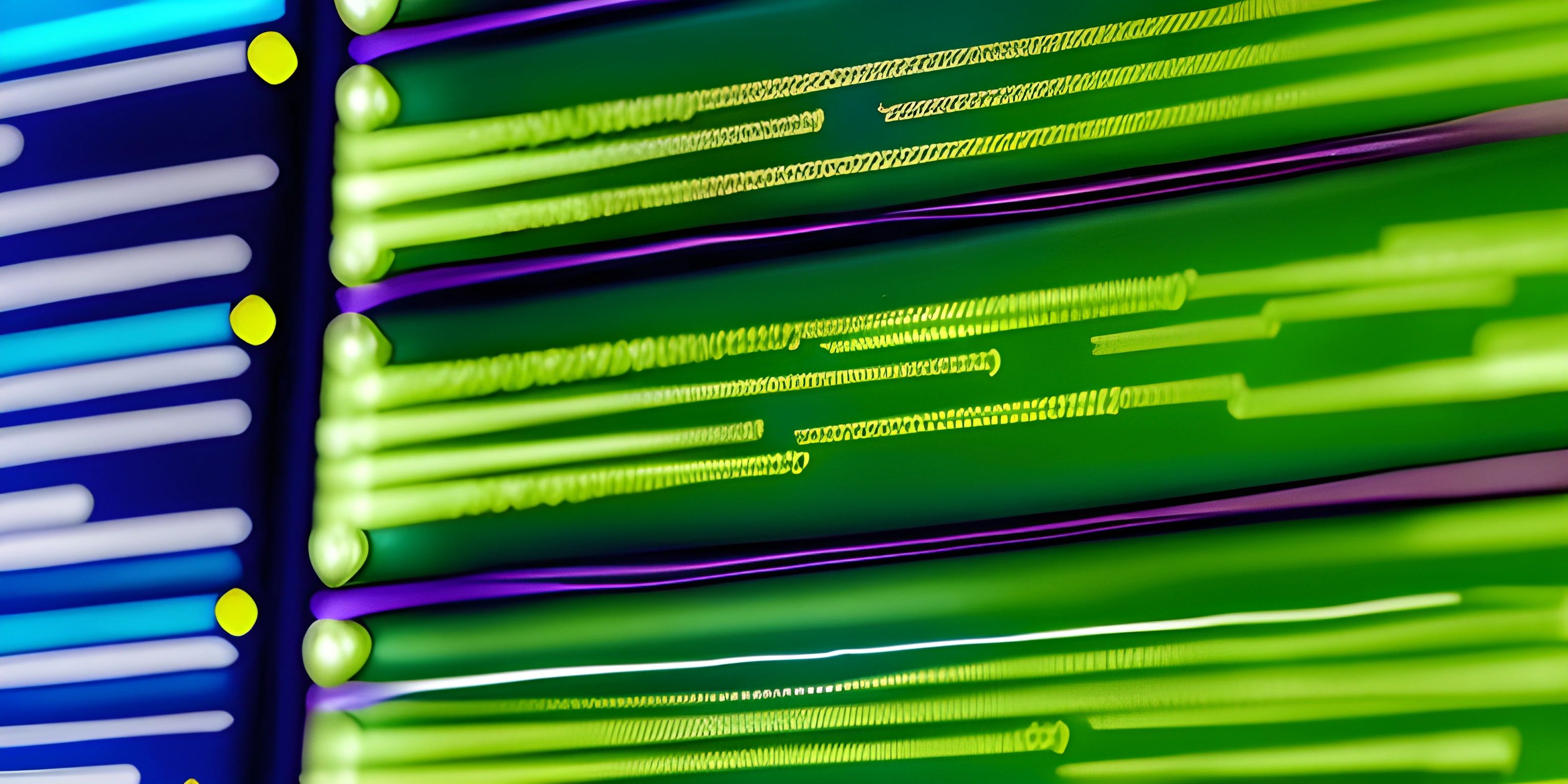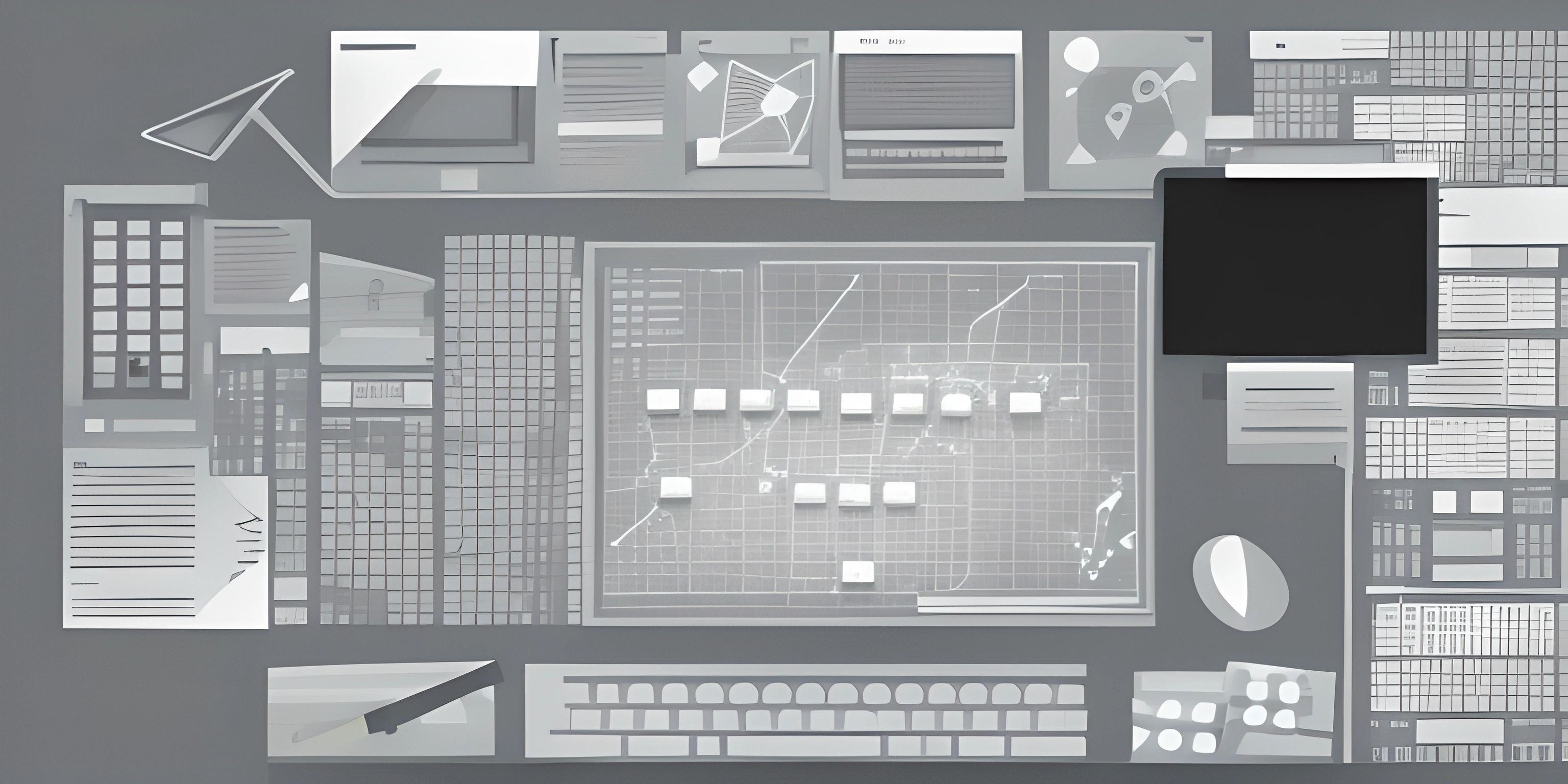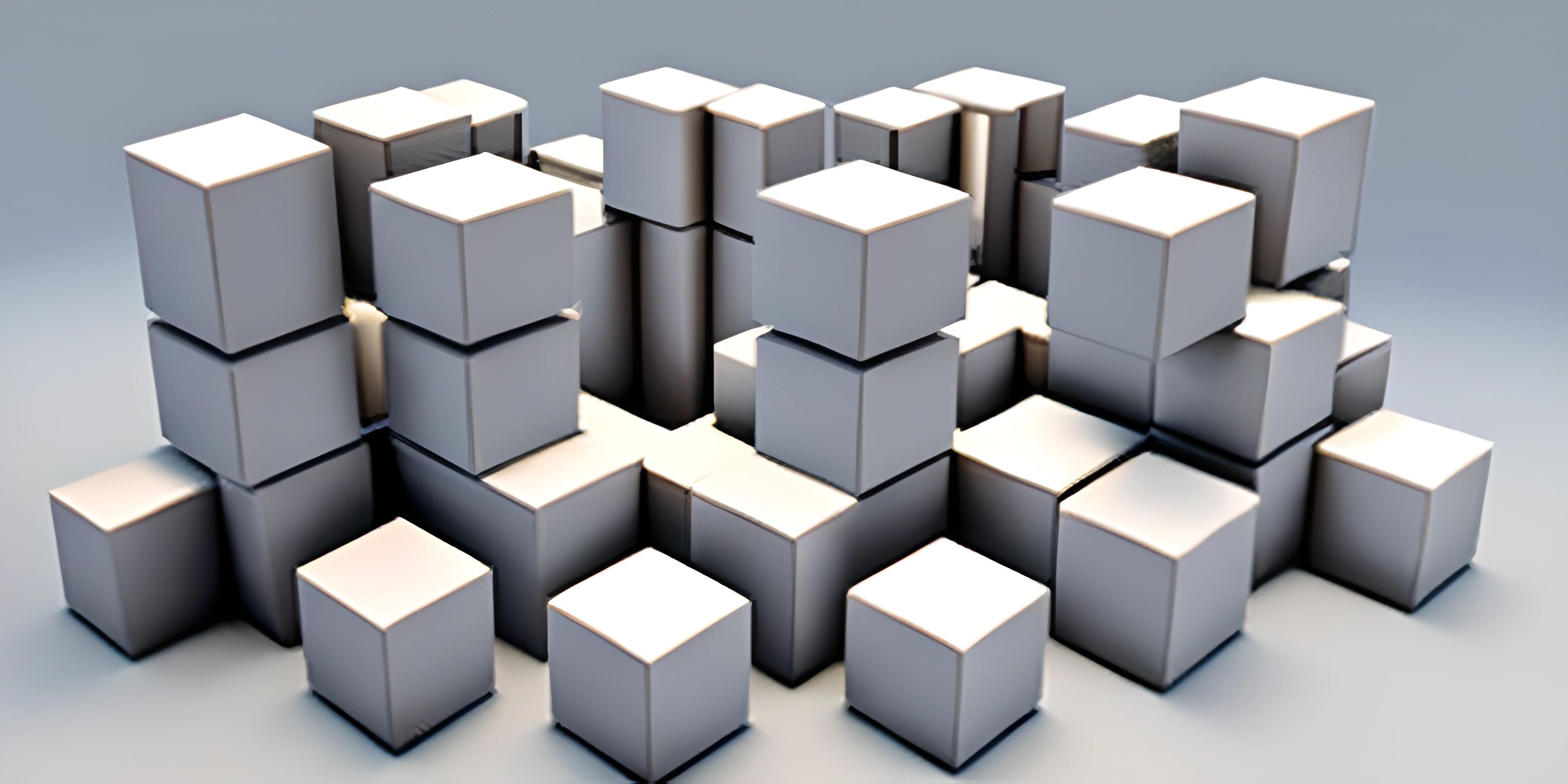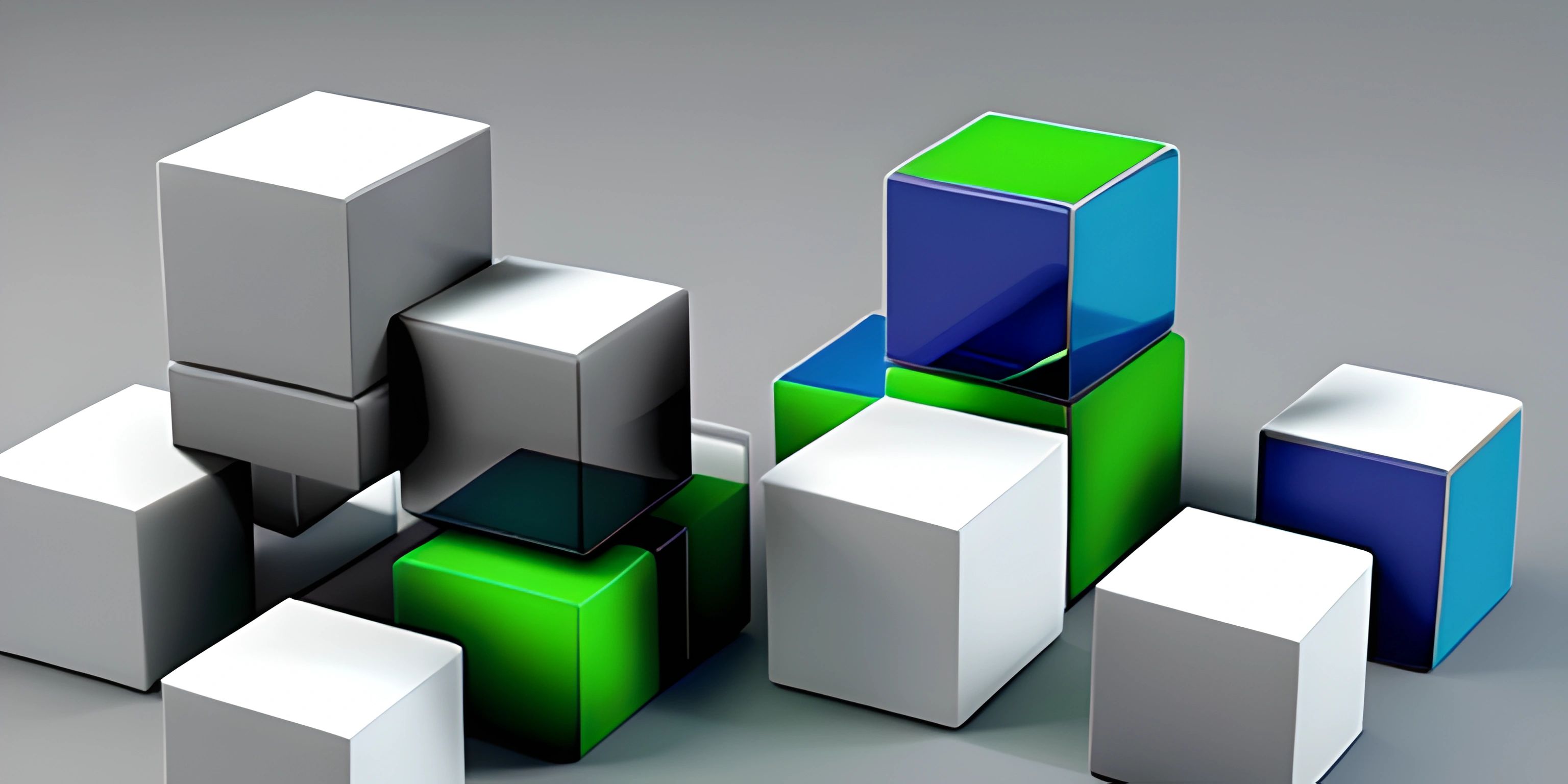Introduction to Relational Databases

Note: this page has been created with the use of AI. Please take caution, and note that the content of this page does not necessarily reflect the opinion of Cratecode.
If you've ever wondered how all the data on the internet is organized and retrieved so quickly, you're about to be introduced to one of the biggest secrets in the world of programming - relational databases. They're like the meticulous librarians of the digital world, making sure that every bit of data is in its right place and easily accessible.
What is a Relational Database?
A relational database is a way of organizing data into different tables based on their relationships, much like how a well-organized library categorizes books into different sections based on their subjects. Here's a simple example to illustrate this:
Suppose you own an online bookstore, and you have hundreds of books to manage. You could store all the information about these books in a huge spreadsheet, but that could quickly become unmanageable. Instead, you might organize the data into separate tables - one for authors, another for books, and another for customers.
The 'author' table might contain information such as the author's name, birth date, and nationality. The 'book' table might store data such as the book's title, publication year, and the author's ID from the 'author' table. This author's ID is what forms the "relation" between these two tables - hence the name, relational database.
SQL - The Language of Databases
When it comes to interacting with relational databases, the Structured Query Language (SQL) is the lingua franca. SQL is a language specifically designed for updating, retrieving, and manipulating data in a relational database.
Here's a simple SQL command that retrieves all books written by a certain author:
SELECT * FROM books WHERE author_id = 123;
This command is saying "Get me all the records from the 'books' table where the author's ID is 123". SQL commands can get much more complicated than this, but this gives you an idea of how they work.
Why Relational Databases Matter
Relational databases are vital in programming because they allow us to store, retrieve, and manipulate large amounts of data in a structured and efficient way. They're behind almost every major website and app you use - from social media platforms to online banking services.
Hey there! Want to learn more? Cratecode is an online learning platform that lets you forge your own path. Click here to check out a lesson: Taking User Input (psst, it's free!).
FAQ
What is a relational database?
A relational database is a type of database that organizes data into different tables based on their relationships. Each table contains data about a specific type of entity, and tables are connected through common data points known as keys.
What is SQL?
SQL (Structured Query Language) is a programming language used for interacting with relational databases. It allows us to update, retrieve, and manipulate data stored in a database.
Why are relational databases important in programming?
Relational databases are crucial in programming because they provide a structured and efficient way to store, retrieve, and manipulate large amounts of data. They're used in many different sectors, from tech companies to financial institutions, and are a key component of many popular websites and apps.





